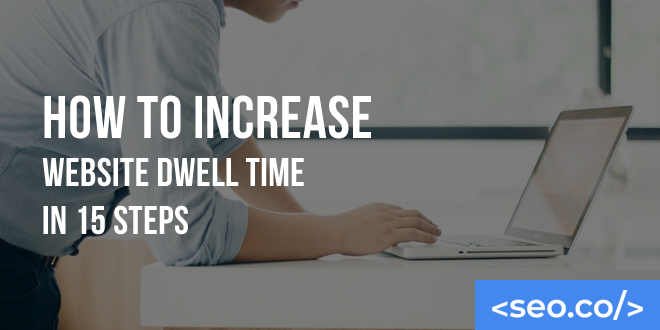Visitor behavior can dictate the ultimate success or failure of your website.
The longer a visitor stays on your site:
- The more Google or other search engines thinks your site answered their search query AND
- The greater chance you have of converting them to a lead or customer
The amount of organic traffic you receive does play a role in the amount of revenue you can generate.
But even the highest level of traffic won’t mean much if the organic traffic doesn’t stick and the users don’t convert.
The longer your users stay on your site, the better chances you’ll have to convert them, and the more familiar they’re going to become with your brand.
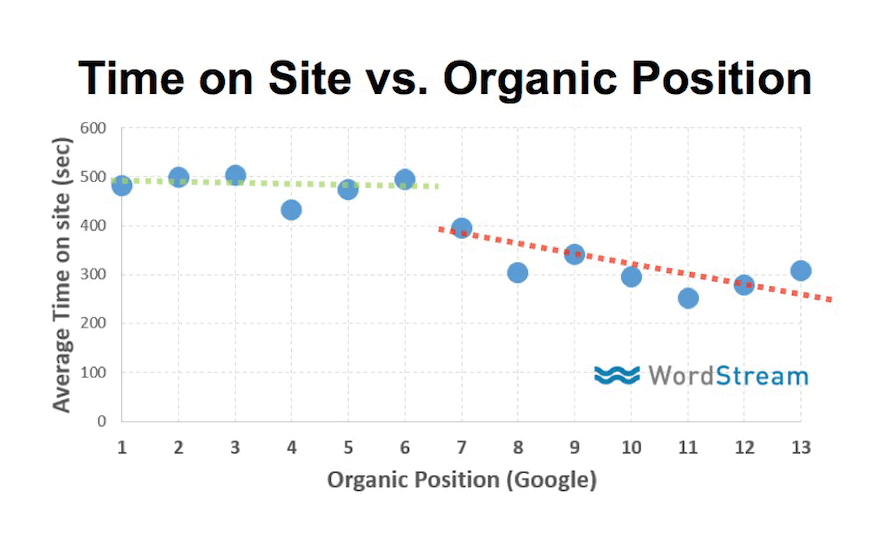
Bounce rates, an indication of traffic leaving instead of venturing further into your site, can wreak havoc on your onsite revenue, converting leads and are a terrible signal for search engines who see the bounce rates for searched terms.
Table of Contents
Dwell Time vs. Bounce Rates
There is an inverse relationship between dwell time and bounce rate.
Your average dwell time will invariably improve as your bounce rate declines.
Bounces are expected, but there is a difference between a good bounce and a bad bounce.
A good bounce happens when someone hits your site, stays a while, taking time to digest and read your content and then ultimately leaves (not everyone will stay forever and convert).
A bad bounce happens when someone hits your pages, realizes this doesn’t give them what they want and ultimately leaves–quickly.
Search engines can tell the difference.
You just have to get the site’s bounce rate down below the minimal threshold.
Here are a few charts that might help you understand what your baseline should be, brought to you by CXL.
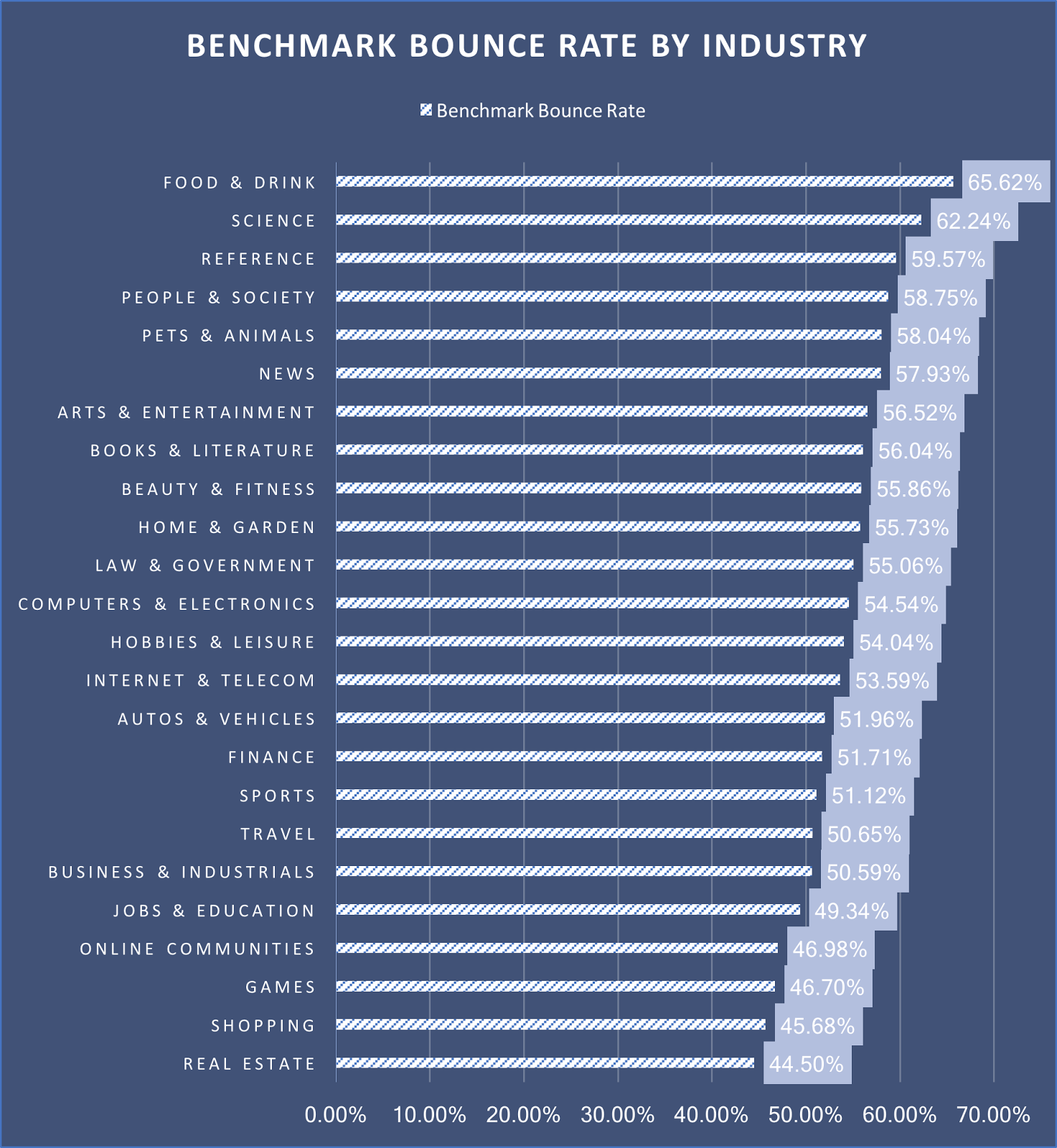
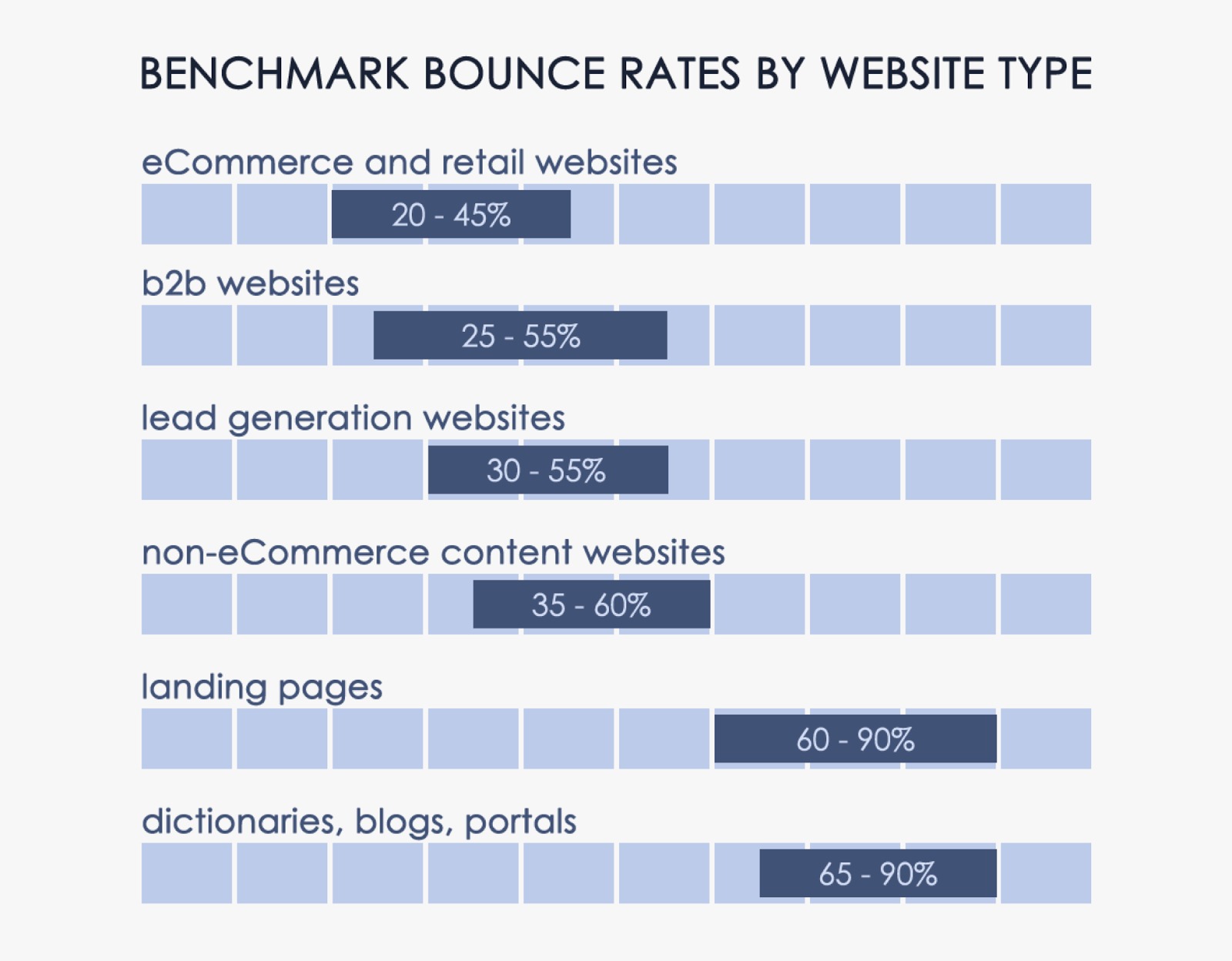
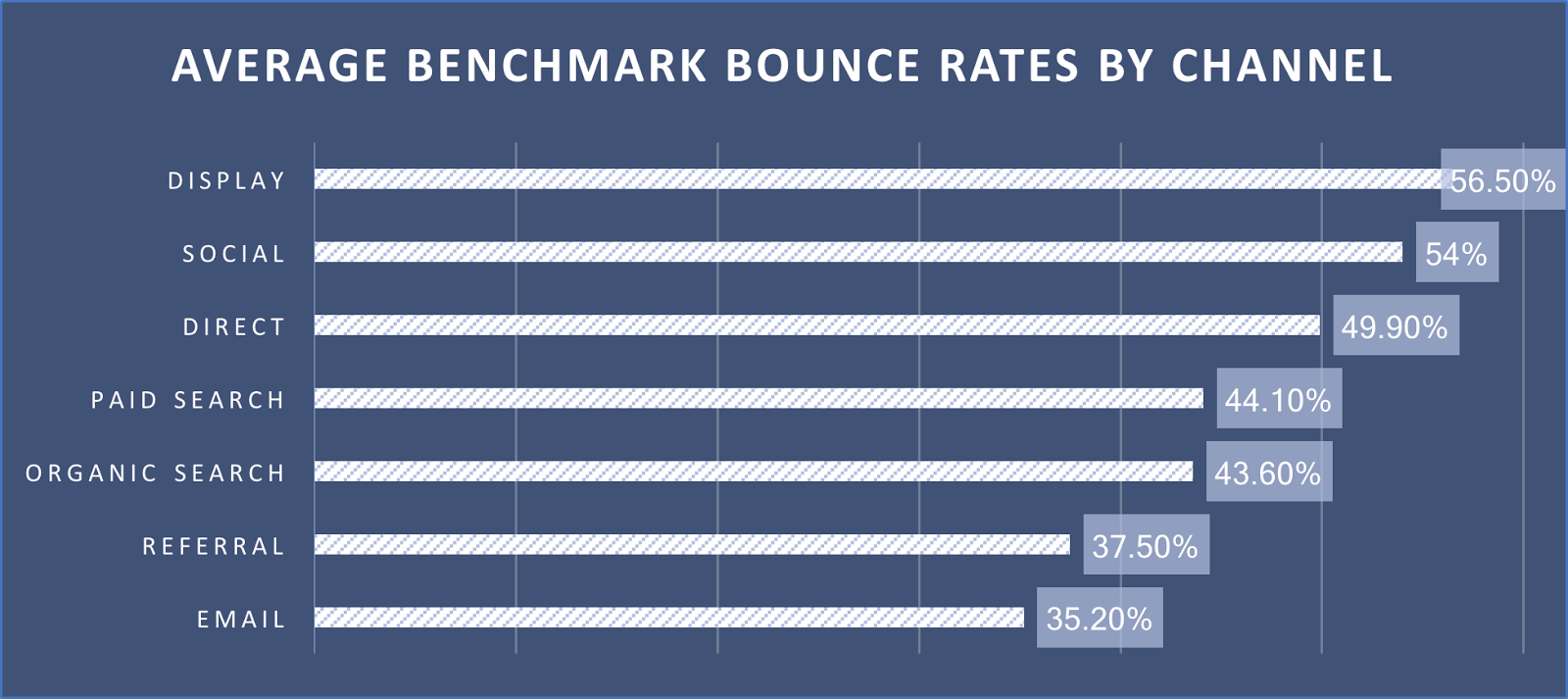
The following are good general “rules of thumb” for bounce rates (but will change by industry, search engine results pages, geography, page, post type, and content type):
- Bounce rates of 26-40 are considered excellent. It’s tough to improve from there as many users will bounce. It’s the nature of the web.
- Bounce rate of 41-55 bounce rate is acceptable and average.
- 55-70 is slightly above average, but could use improvement.
- Anything above 70 is right out!
So, you need to improve your bounces and increase your poor dwell time.
16 Ideas for Improving Dwell Time
Here outline a few ideas for improving dwell time on your website.
Avoid Excessive Advertising
There’s nothing wrong with a little advertising on your site, whether that’s in the form of branded callouts or banner ads for affiliates, but there’s a point where it becomes a problem.
Obnoxious, flashing advertising or aggressive, repetitive pop-up ads can be annoying, especially to repeat website visitors/site visitors, and could damage your reputation as a brand.
When including advertising on your site, make sure it’s included tastefully.
Improve Your Site Speed
Modern digital users are impatient, and even the smallest delays could impact a portion of your user base. Imagine pulling a page up on your mobile device and experiencing aggravatingly slow load times.
You probably wouldn’t want to continue onto another page of the site.
Clean up your website by reducing image sizes, using a caching plugin, and keeping your code clear of any unnecessary inclusions.
As a useful side effect, you’ll also get a boost in Google rankings.
Improve Your Site Navigation
Your navigation is a roadmap that tells your users where to go and what they can find.
If any part of your navigation is inaccurate or non-intuitive, your users aren’t going to find what they’re looking for.
Keep your navigation clean, with the initial heading containing only broad categories, and keep your page distinctions concise, so users can easily tell where to go.
If you can optimize your navigation for site exploration, you’ll have won half the battle.
Make Your Text More Readable.
Text that’s difficult to read is an instant turn-off for almost any visitor.
Fortunately, there are many ways to optimize your text for readability.
First and foremost, make sure you have a color that shows up legibly on any device—and that includes both the color of the text and the color of your background.
Break
up
your
sentences
into
multiple
lines.
In short, avoid huge paragraphs that don’t have line breaks.
Next, make sure your font is large enough and readable enough to draw a user further into your site.
Remember, that goes for both headlines and body copy.
Put Lipstick on Your Pig Design
Your site design is likely the first thing people are going to notice when visiting.
They’re going to form an impression of your brand and your site immediately, whether consciously or subconsciously, and determine where to go from there.
Be sure your design is visually strong, but minimalistic with ample white space so users can get a feel for your brand and feel welcomed into the site.
Optimize for Mobile
This goes without saying, but your site needs to be optimized for mobile devices.
If your site isn’t easy to use on a smartphone or a tablet, you’re going to lose out on a massive share of users.
Plus, non-mobile-optimized sites get a ranking penalty from Google, so you might also suffer from reduced initial traffic.
Provide Valuable, Interesting Content
This is sometimes easier said than done, but your content needs to be valuable to your users, or else they’ll have no reason to continue. In most cases, this is primarily a problem on your blog, but you also need to consider the value of the content on your core navigation pages. Are you giving your users valuable information? Is it worth it for them to venture deeper and read more?
Build Internal Links
This is a relatively straightforward tactic, but if you neglect it, you’ll be missing out on a significant stream of user engagement with your site.
Find ways to interlink your pages with hyperlinks to draw users deeper into your site.
For example, your blog could link to your Services page so users can learn more, and your About page can link to your Contact page if users want to reach out to you.
Write for Your Target Audience
What type of person is accessing your site? If you don’t have a clear answer, you need to address the problem of your targeted audience.
Websites work best when they are written and designed for a specific type of user in session duration, rather than the vaguest demographic of “everyone.”
If you can appeal to that specific demographic, you’ll keep your users interested or readers interested and present on your site for a longer period of time.
Use Site-Wide Search
As part of your site structure, include a custom search box in the corner of your site.
This is especially useful if you have an ongoing content program or an e-commerce platform. Instead of browsing through site navigation or relying on interlinking, users can search for the topics most important to them and stay on the site for a longer period—plus you’ll gain key insights into what your users are looking for.
Keep Your Blog Post Concise
search engine optimization (SEO) power pages and pillar content are great, but fluff content for content’s sake drives users away.
Your content needs to be as concise as possible.
That doesn’t necessarily mean short—you can easily have a long, yet concise article if you include enough detail—but if a user isn’t gaining some kind of value from every sentence in your blog posts, you stand a pretty good chance of losing their attention.
Don’t Send Users Away
This is a basic rule for web development, but you would be surprised how often it is neglected even in the modern age.
Never send your users away from your site with external links.
It’s perfectly fine—and valuable, in some cases—to link to external sources, but make sure all those links open in new tabs or new windows.
Call Your Users to Definite Action
Sometimes, users leave your site simply because they weren’t told to do anything else.
Providing clear calls to action in the body of your content can compel users to continue further in your site.
For example, you can draw users to other blog post by saying “If you’re interested in more, be sure to check out our post on…”
Don’t Fill Space With Distractions
It can be tempting to put as much content as possible on the web in the form of images, videos, and written words, but don’t overstuff your site.
Putting irrelevant content somewhere it doesn’t belong only serves as an unnecessary distraction that can turn your users away and compromise your chances of earning a longer visit.
Give Customers What They Want
Use user behavioral insights and direct feedback from your customers to figure out why people are using your site, including what they do and don’t like about your current approach.
Then, take the feedback constructively and start making changes to make your users happier.
It really is as simple as giving your users what they want.
Gamify Your Website.
One of the best ways to boost engagement and grow dwell-time on a website is to add gamification.
Adding gamification typically causes users to stay on your site for 5x longer than they normally would.
This can help boost your Google rankings or search engine rankings as well.
Other Dwell Time Statistics to Know [In 5 Charts]
Yahoo scientists Erheng Zhong, Xing Yi, Nathan Nan Liu, Liangjie Hong and Suju Rajan performed a dwell time study via Yahoo search and concluded the following:

- Article dwell time beats dwell time on slideshows.
- Users spend less time on individual pages when visiting on a mobile or table device than when on desktop Users have less dwell time per article on mobile or tablet devices than on desktops.
- Users spend less time on slideshows than on articles.
- Science and politics beat food and entertainment for average dwell time.
- Articles >1,000 words have longer dwell times, but the correlation does after 1,000 words (longer isn’t necessarily better for dwell time).

Dayparting also has an impact on dwell time:
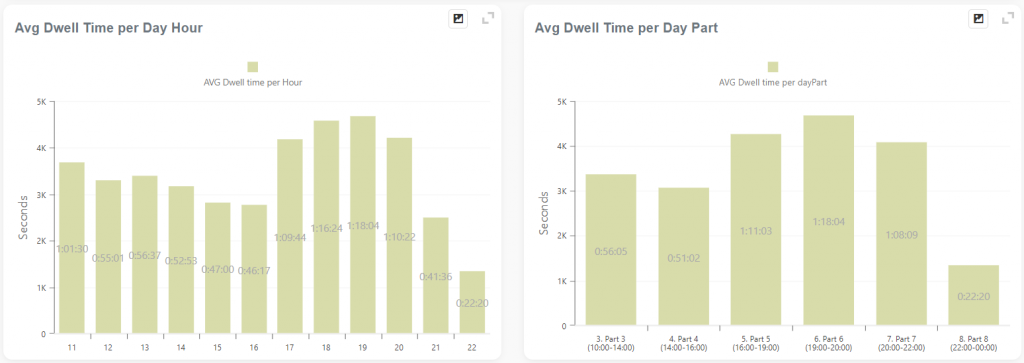
Bounce rate averages and distribution:
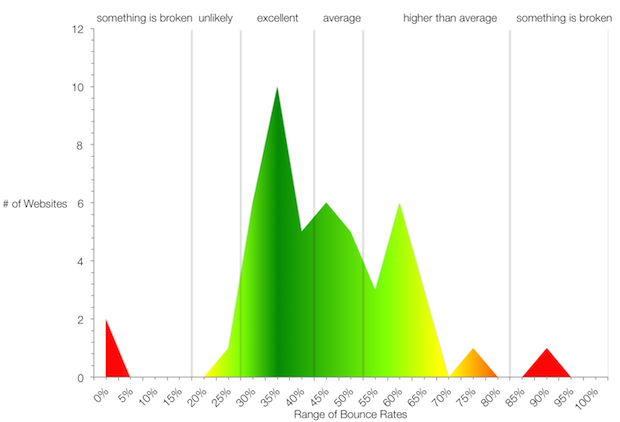
Some dwell time and bounce rate stats can be explained only in the context of timing:
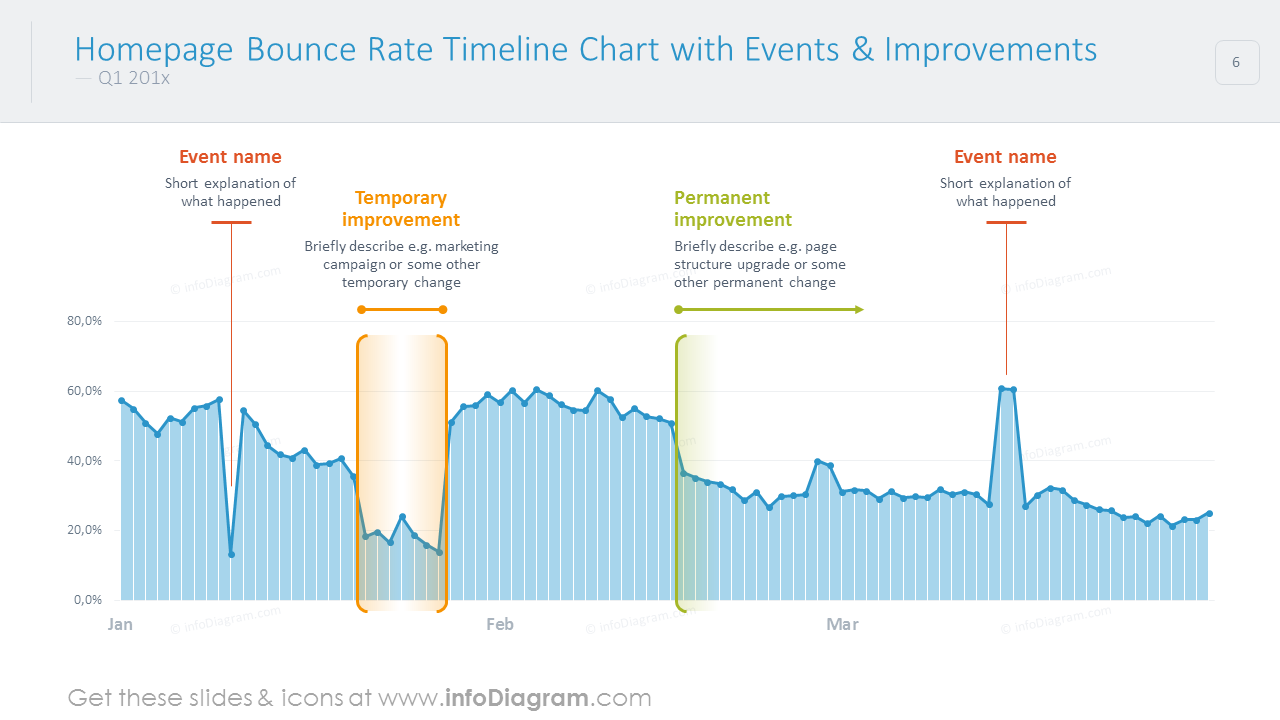
Regardless of the past success of your website, your dwell time could always be improved.
The first step is understanding why your pages may not be performing and then finding solutions to improving the content, calls to action, and other components that make up your pages so you can better reach your target audience.
Put these strategies to good use, and keep that incoming traffic interested. If you can engage your users for long enough, almost any inbound lead has the potential to become a real customer.
Tim holds expertise in building and scaling sales operations, helping companies increase revenue efficiency and drive growth from websites and sales teams.
When he's not working, Tim enjoys playing a few rounds of disc golf, running, and spending time with his wife and family on the beach...preferably in Hawaii.
Over the years he's written for publications like Forbes, Entrepreneur, Marketing Land, Search Engine Journal, ReadWrite and other highly respected online publications. Connect with Tim on Linkedin & Twitter.
- Content Marketing: Using Content & SEO to Grow Your Business [Complete Guide] - October 23, 2024
- SEO for Labor and Employment Lawyers: Top Tactics to Rank - October 4, 2024
- How to Find & Fix Duplicate Content on Your Website - September 24, 2024

